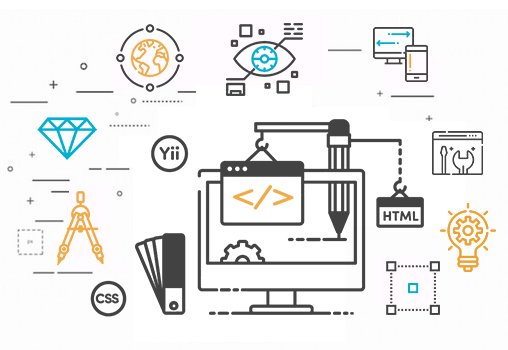Web Accessibility: Why It Matters and How to Implement It
The technique of creating websites and online applications that can be accessed and used by everyone, including those with impairments, is known as web accessibility.

The technique of creating websites and online applications that can be accessed and used by everyone, including those with impairments, is known as web accessibility. Since more and more people utilize the internet and rely on it for important services and information, there has been an increased focus on online accessibility in recent years. This article will examine the importance of online accessibility and how to include it in site design.
Why Web Accessibility Matters
 For society to become more inclusive and egalitarian, the web must be accessible. Around 1 billion people live with disabilities globally, and many of them use the internet to access necessary services like healthcare, education, and work, according to the World Health Organization. We can guarantee that everyone has equal access to these services and information by designing and creating accessible websites and online apps.
For society to become more inclusive and egalitarian, the web must be accessible. Around 1 billion people live with disabilities globally, and many of them use the internet to access necessary services like healthcare, education, and work, according to the World Health Organization. We can guarantee that everyone has equal access to these services and information by designing and creating accessible websites and online apps.
Businesses and organizations can benefit from web accessibility since it can enhance user experience for all users. For instance, improving the readability of web material for screen readers might also benefit users with small displays or sluggish internet connections. Also, by offering well-organized material, accessible websites can aid in search engine optimization (SEO).
How to Implement Web Accessibility
Implementing web accessibility requires a combination of technical expertise and a deep understanding of user needs. The followings are some essential guidelines and best practices for designing and developing accessible websites and web applications.
- Provide alternative text for images and videos - This allows users who are visually impaired to understand the content of the media.
- Use descriptive and meaningful headings and labels - This helps users navigate the website more easily and understand the content.
- Ensure that content can be accessed using only a keyboard - This is essential for users who are unable to use a mouse or touchpad.
- Provide closed captions and transcripts for audio and video content - This makes it accessible for users who are deaf or hard of hearing.
- Choose colors and contrast that are easy to read - This benefits user with visual impairments or color blindness.
- Use descriptive link text - This helps users understand where the link will take them, which is essential for users who rely on screen readers.
- Test for accessibility - Use automated testing tools and manual testing by users with disabilities to ensure that the website is accessible.
Conclusion
Web accessibility is a critical aspect of web development in a web development company kolkata, and by designing and developing accessible websites and web applications, we can create a more inclusive and equal society. By following the guidelines and best practices outlined in this article, we can ensure that everyone has equal access to essential services and information on the internet.







































